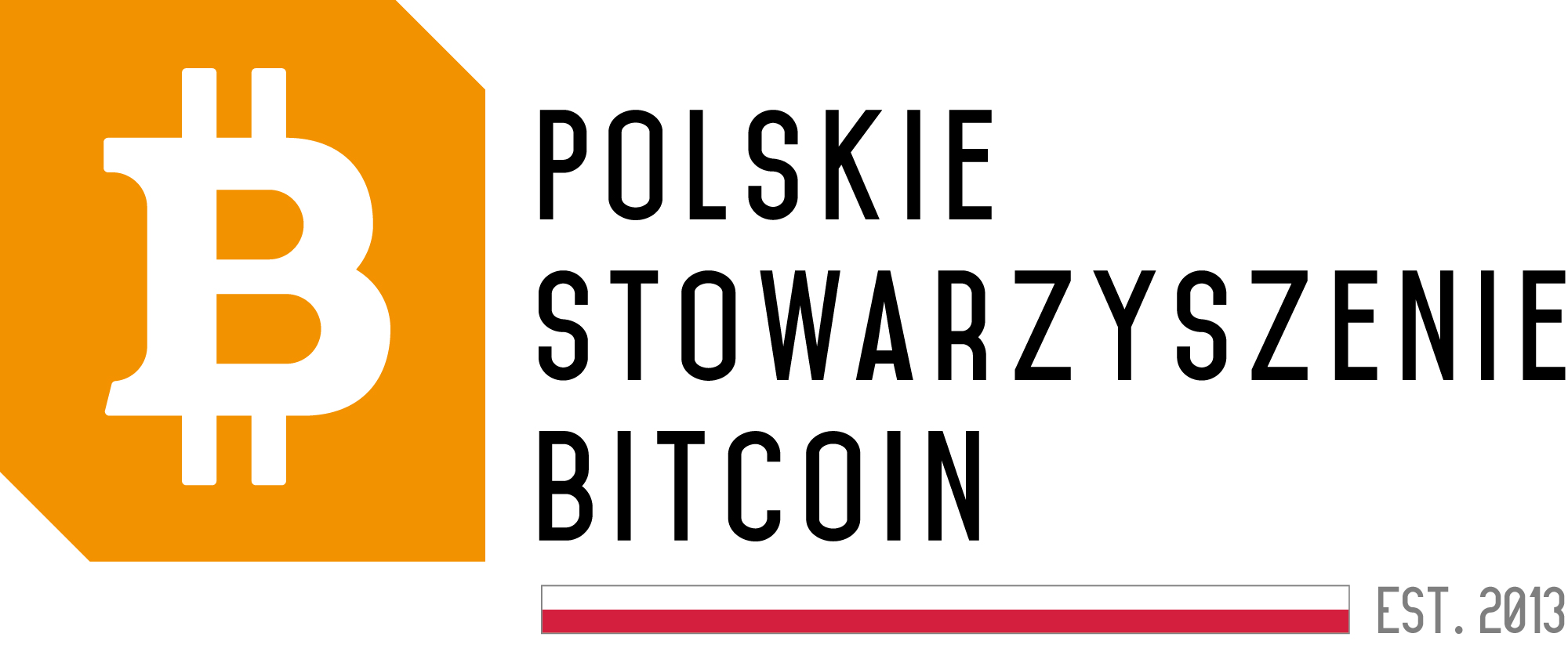Bitcoin Mining Difficulty Increases by 4%
According to data from April 10th, the difficulty level of Bitcoin mining has increased by 4%, reaching an impressive value of 86.39 trillion hashes. This growth is consistent with the trend observed since the beginning of the year, highlighting the increasing computational challenges faced by miners on the leading network of digital assets.
Bitcoin Mining Difficulty
The process of adjusting the difficulty of Bitcoin mining occurs approximately every two weeks after the mining of 2016 blocks. This mechanism checks whether miners’ activity has contributed to shortening or lengthening the time to find blocks. As the mining difficulty increases, miners must allocate more computational power to mine a single block. This increase indicates a higher number of miners in the network, leading to an escalation in computational load. Furthermore, the growing difficulty contributes to strengthening the blockchain and increases the required energy to launch a network attack.
Currently, the total computational power of the Bitcoin network is steadily increasing and averages 639 exahashes per second (EH/s) according to computational power index data.
The Halving Event
The upcoming Bitcoin halving, scheduled around April 20th, will cut the block reward for BTC by 50%, reducing it to 3.125 BTC. Analysts at NYDIG suggest that the halving is more significant for miners than for Bitcoin’s price itself. The reward reduction represents a relatively minor change compared to trading volume and demand related to exchange-traded funds (ETFs).
History shows that halving does not immediately lead to a surge in Bitcoin’s price but plays a crucial role in shaping price cycles. The current price surge ahead of the impending halving provides investors with grounds for optimism regarding Bitcoin’s future potential.






